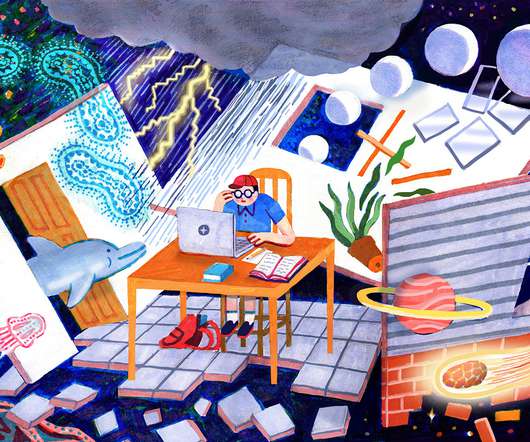OPINION: Creating better post-pandemic education for English learners
The Hechinger Report
MARCH 19, 2021
Schools’ struggles to engage English learners’ families during the pandemic partly stem from another pre-pandemic inequity — gaps in access to digital learning devices and the internet. By and large, English learners aren’t thriving under distance learning. For English learners, the pandemic is both a crisis and a revelation.















Let's personalize your content